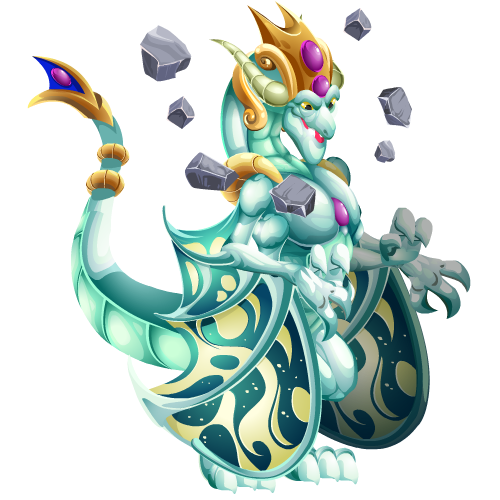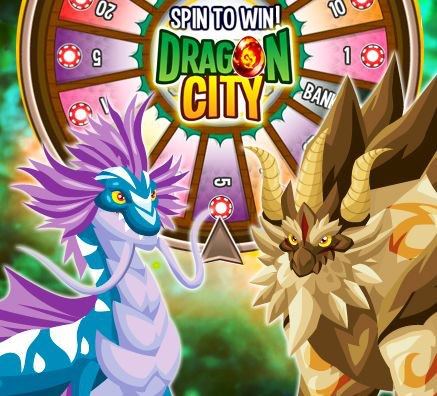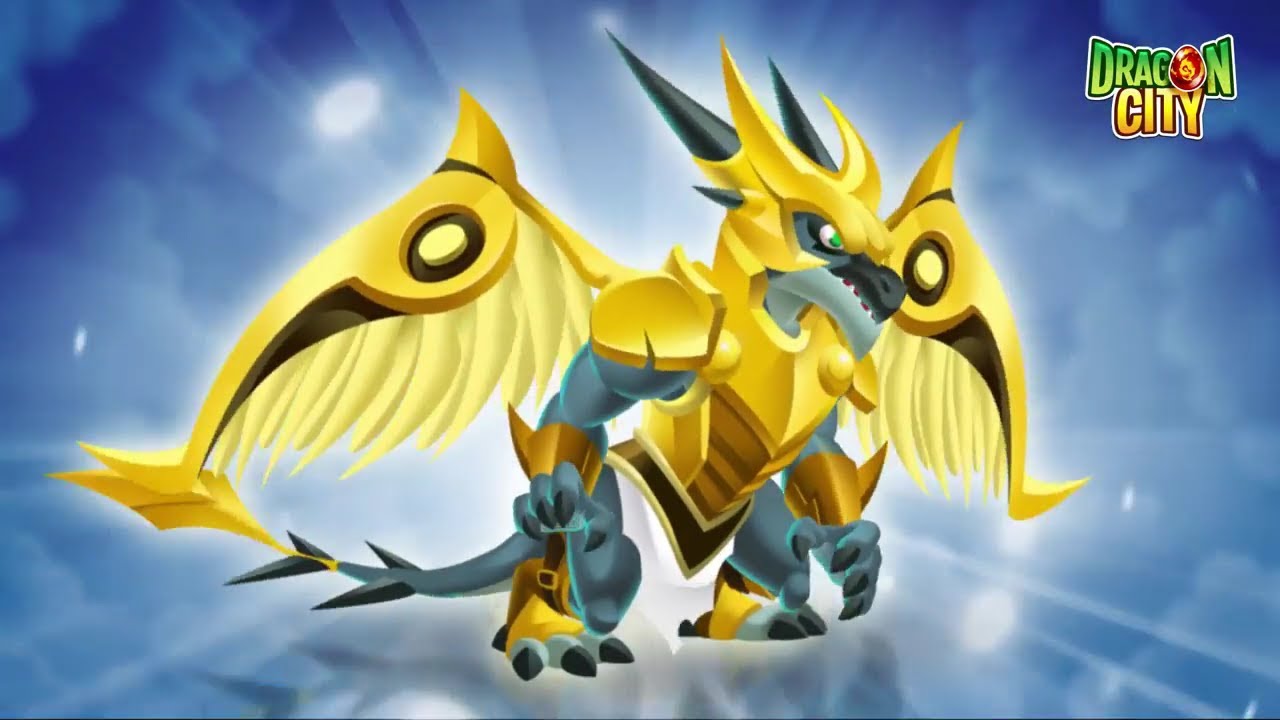
Strabo makes reference to an eyewitness account of a dead sea creature sighted by Poseidonius on the coast of the northern Levant. Natural history Īn apparent eye-witness account is given by Aristotle in his work Historia Animalium on natural history. Marks on the mountain are associated with the legend. Sea serpents also appear frequently in later Scandinavian folklore, particularly in that of Norway, such as an account that in 1028 AD, Saint Olaf killed a sea serpent in Valldal in Norway, throwing its body onto the mountain Syltefjellet. In Nordic mythology, Jörmungandr (or Midgarðsormr) was a sea serpent or worm so long that it encircled the entire world, Midgard. Stories depicting sea-dwelling serpents may include the Babylonian myths of Tiamat, the myths of the Hydra, Scylla, Cetus, and Echidna in Greek mythology, and Christianity's Leviathan. In antiquity and in the Bible, dragons were envisioned as huge serpentine monsters, with the image of a dragon with two or four legs and wings developing during the Middle Ages. Guillaume Rondelet mentions a similar imaginary creature called centipede cetacean in his work L'histoire entière des poissons. Claudius Aelianus on his work On the Nature of Animals mentions the giant sea centipede which has a tail that is similar to a crayfish and moves through numerous feet on each side of its body. In the Aeneid, a pair of sea serpents killed Laocoön and his sons when Laocoön argued against bringing the Trojan Horse into Troy. The Hebrew Bible also has mythological descriptions of large sea creatures as part of creation under Yahweh's command, such as the Tanninim mentioned in Book of Genesis 1:21 and the "great serpent" of Amos 9:3. Lotan and Hadad, Leviathan and Yahweh, Tiamat and Marduk (see also Labbu, Bašmu, Mušḫuššu), Illuyanka and Tarhunt, Yammu and Baal in the Baal Cycle etc. The Drachenkampf mytheme, the chief god in the role of the hero slaying a sea serpent, is widespread both in the ancient Near East and in Indo-European mythology,Į.g.


Mythology Mediterranean and Western Asia

History of the Northern Peoples.Ī sea serpent or sea dragon is a type of dragon sea monster described in various mythologies, most notably Mesopotamian ( Tiamat), Judaeo-Christian ( Leviathan), Greek ( Cetus, Echidna, Hydra, Scylla), and Norse ( Jörmungandr).


 0 kommentar(er)
0 kommentar(er)
